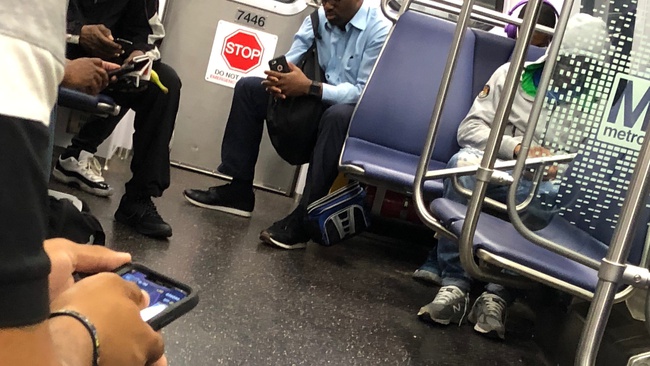
Washington DC residents in Wards 7 and 8 have an average lifespan that is at least 20 years shorter than residents living in neighborhoods like Cleveland Park, Palisades and Georgetown. These disparities have been well-documented for over a decade yet little innovation has been employed to help address the problem. In addition, the District has a primary care provider surplus and over $3 billion is spent on health care for the District's underserved population. Yet DC has some of the worst health outcomes and highest rates of untreated chronic diseases in the country. This is largely due to the lack of engagement in primary care and prevention services, particularly among Ward 7 and 8 residents who often choose to use emergency services like 911 and emergency rooms (ED) for health care. In July 2019, Wayne Turnage, the Deputy Mayor for Health and Human Services, shared data highlighting that in some cases over 60% of ED visits are for low-acuity health issues and this costs the Districts at least $50 million annually in unnecessary health care costs. DC residents are seeking costly ED services due to low health literacy and for issues that could be addressed by providing information and health support, digitally. Given this, coupled with the high background rate of mobile phone ownership in Ward 7 and 8, we propose to establish a TRUSTED realtime digital service that helps our underserved navigate the health system and improve health literacy in this population.
Health disparities and inappropriate emergency department (ED) utilization, particularly among Ward 7 and 8 residents have been repeatedly recognized and documented yet unmitigated for over a decade. Our research shows reasons for the disparities and lack of appropriate utilization include, lack of trust in the primary care system, inconvenience, low health literacy and disinterest in engaging the existing processes and structures for health care delivery. Our data also show low-income DC residents want access to convenient, culturally-competent, compassionate care accessible on their terms. We propose to build a series of digital solutions that improve engagement in and learning about health care, including prevention and self-care strategies.
Although mobile phone ownership is at an all time high, even among homeless residents, there is a misconception that internet access is a health barrier for residents living East of the River. Mobile phones have become a life line for many people living in poverty. However, in our experience engagement with mobile phones and technology for health-related reasons is low because solutions are not being tailored to and built for this population. Rather than provide health care, our platform will be designed to improve health literacy, health system navigation and symptom triage. Our approach is potentially disruptive because the focus is on delivering solutions where people are rather than insisting the only option is to be directed into a primary care structure they find unfriendly, disrespectful and foreign. We have spent the last year engaging in conversations and receiving feedback from Ward 7 and 8 residents to better understand their concerns about health care and reasons for lack of engagement. Unlike most health tech solutions, our solution is being built for DC residents with DC residents to reach into the health system rather than being built to suit the health care status quo which desires solutions for health systems and providers to reach out to patients.
5G network access is a game changer for improving access to health information and connection to health care resources, including health care providers. Video chat is a powerful tool to build and maintain trust but since many low-income residents rely on 2G and 3G networks supplied by discount carriers like Cricket, Metro PCS and Boost Mobile, access is limited. In addition, many solutions are app-dependent. These residents are likely to forego apps due to space and speed requirements. Texting is the least common technology denominator for low-income residents but expanded access to faster bandwidth can improve willingness and interest in engaging in video conversations and gaming strategies.